Pilatus PC-12 NG
The main image on this page is a video of the Pilatus PC-12 NG. Hit the play button in the lower right corner to watch the video.

If you have never been to Ibex Utah, you should make a point to go. It’s a desolate place that has an eerie beauty to it. I found myself more than once just walking out into the hardpan with my eyes closed, no need to worry about a tree, bush, ditch, vehicle, person, curb, or any obstacle whatsoever. It’s quiet there, and the feeling of walking blind coupled with the lack of sound makes for a sort of Moonwalk feeling, like landing on an alien planet, a dead rock, it was oddly peaceful, and stilling for my soul . . .

For such a unique and fascinating location, the Ibex Hardpan (also known as the Tule Valley Hardpan) doesn’t have a lot of history or available information. Located a few miles south of I-50 as it runs through Western Utah, and roughly 5 miles in length and up to a mile wide at several points, the Hardpan is composed of a thick layer of densely packed clay, most likely Bentonite, which prevents any water from passing through. On the rare occasions that it rains here, the water simply pools on the surface and is quickly evaporated, leading to the complete lack of vegetation on the Hardpan. This hard, dry and open surface, however, makes it an ideal location for landing small aircraft. For those interested in flying out to the Hardpan, as we did, here are the details:
| Latitude: | 38°59.0 | N | |
| Longitude: | 113°22.0 | W | |
| Elevation: | 4,766 | Ft MSL | |
| UNICOM: | 122.900 | MHz | |
| Windsock: | No | ||
| Camping: | Yes | ||
| Updated: | |||
| Comments: | |||
| In MOA. Contact Clover Control on 134.1. Use caution in wet weather for mud. The dried lake bed provides a huge area to land an airplane, but it does have hazards. Since the surface is so featureless and there are no runway edges it can be hard to judge your height over the surface and to detect sideways drift when landing. | |||
| Click for Satellite view | |||
| Click for Topo view | |||
| Click to post/view PIREPs or discussions | |||
| Longest Rwy | |
| Direction: | All |
| Length: | |
| Width: | |
| Surface: | Lake Bed |
| Condition: | Very Good |
| Usable: | Yes |
(More information about flying to the Utah backcountry airstrips can be found here.)

I have never done a video job where I wasn’t terribly worried about how it would turn out. I have done this sort of work for 15 years or more now and completed thousands of finished minutes of high-quality video without ever failing… that’s probably what disturbs me most. I’m due.
It’s an odd thing having a great many people all looking to you to know exactly why we are there, what we are doing and what it will all mean (look like) in the end. With most videos, there is a blueprint, a script, but with aviation, the objective is often times much less clear.
“We want a video that really shows off this airplane, and we want it done in an exotic looking place.” That was the entire blueprint we had, and all anyone knew. My teacher (CFI) and good friend Jim shares my stress on these jobs, or at the least, he seems to provide a calming kind of support by making himself available to discuss my doubts. Each time we have done one of these aviation projects, Jim has been the one who brought it to us, and his name being on the line along with mine seems to add him into that place of terrible anxiety. I’m not sure why I never recommended a good moonwalk to Jim… Food for thought.
Pilatus Aircraft sent two individuals on this shoot: Jed, their chief pilot, and Tom, their Marketing Director for North America. Both men were exceptional to work with, professionals in every aspect of the term. Jed turned out to be an incredible pilot to fly formation with, and to direct from the camera’s perspective. If I asked for 10′ lower elevation from Jed I got (what seemed) to be exactly 10′ lower elevation with no slop. I would often call for a specific movement from 45 degrees off the aft of the 210 crossing to 15 degrees off our nose holding an exact elevation, then stopping about 100 feet in distance and hold that position. I have never seen a pilot able to execute maneuvers as if it were almost boring to him. Jed was such. I quickly felt like I could ask him to fly close enough to the 210 to reach out the window and give me a “high five” and he could do so safely and efficiently. In fact it seemed to me to be my limitations having never had a pilot and aircraft so capable that were hindering us from getting new angles, and movement that I had not been able to get before. It simply didn’t occur to me to ask. We went through all the standard positions and had time left to keep filming, but my mind drew a blank. I wish I had not been caught so off guard by it all so I would have been able to think and imagine a little more.
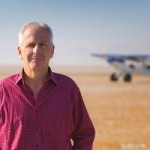
Formation flying is one of those things I always look forward to with a certain amount of anxiety. There are a number of factors that can make it stressful and as one who has flown many photo and video missions in close proximity to other aircraft I understand the risks. Some pilots are easy to fly with and others aren’t. As we prepared for the shoot with the Pilatus PC-12 NG I knew my 210 would be at the upper end of its speed capabilities and the Pilatus PC-12 NG would be at the lower end. I wondered, as I always do how the two aircraft and pilots will work together.
As the scheduled time for the shoot got closer the weather seemed to become more and more a concern with rain and windy conditions in the forecast. The planning that goes into one of these events is no small thing and as our date grew closer we knew some adjustments would need to be made. We were able to push the schedule two days and complete the job as the storm was finishing and heading east. This offered some incredible cloud and unique lighting conditions but also left us with some unsettled air masses with resulting turbulent conditions. We had to search for altitudes and geographic areas where the air was calmer.

It was turbulent the first morning. Turbulent enough that I was worried about how stable the footage would be. You see in the video you have two chances at getting “creamy” footage: The first is stable conditions and good gear. This is best if achievable. The second chance is to stabilize the footage in the edit room. The problem with the first is it’s mostly out of your control. At least I have never had power over weather and stability of the air. Maybe Google will invent something for that.
The problem with the second is that you will have to have planned VERY well to be able to pull it off. For example, if you KNOW you are gonna need image stabilization in post then you have to get rid of any motion blur in the image that you can. When stabilizing an object, the software puts tracking points all over your image. A tracking point is any place of contrast in the frame, an example being where the bright sky meets a dark ridgeline. The software then reads the playback and determines how much movement that point has and compensates by zooming into the picture on that point and then moves the image on the X, Y,and Z axis to give the illusion of stability, much like a gyro. These adjustments are FAST and in most cases this results in a great deal of zoom or “crop-in” on your image. So we shot the picture with the F55, an ultra HD camera system from Sony capable of 4K resolution.
A complication of this is that a great airplane photo requires that beautiful prop blur we all so love and desire to look at. Well, motion blur is what gives us that beautiful blur. Motion blur is the result of a slower shutter speed. Typically, cinema is shot at 1/24th of a second or 24 frames per second. Most cameras are digital these days and do not have an actual shutter, but the settings on the camera determine how much blur is recorded in the image using the same terminology. The F55 has a “global shutter” which simulates the effect of a mechanical shutter second best to having an actual moving shutter. This means that the image will be exposed all at once instead of line by line like in a DSLR or a GoPro. A byproduct of a non-global shutter in a digital camera is known as “rolling shutter effect” or “jello-ing”. This is when the image bends on straight lines in motion. You CANNOT stabilize footage too much degree of success with a rolling shutter. We shot the Pilatus footage using a slower shutter and FPS of 24 frames per second. Why? Because we wanted SO bad for the image to look natural to the human eye and for that prop to have a full 360 blur. Well… that was a gamble. By doing so, we limited the amount we could stabilize the footage in post and put the onus on the camera operator to get the shot in camera in spite of the turbulent conditions.
When motion blur exists in the images a camera records, then the stabilization software loses its ability to accurately track points of contrast. An example of this is when the airplane executes a steep turn and rolls away from the photo plane: before the turn the relative motion is very slight (except when we get a nice bump from unstable air), but when the aircraft turns there are frames where the edges or contours of the aircraft are in a relatively large amount of motion compared to the photo plane, and they blur. The software loses the point of contact on the plane, because there are no clean edges between the in focus aircraft and the background. This results in the software guessing and changing its mind as to the position on all three axis of the object it’s trying to stabilize and the result is a sort of double, triple, or quadruple edge of the object, which we call “phasing”. Phasing is a sure sign of post image stabilization and it pulls the audience out of the moment because something is “weird” about the image.
A better choice that day, or rather a different choice, would have been to shoot the footage at a higher FPS/Shutter speed and let go of the obsession over the prop blur. In this instance, we could have gotten rid of motion blur and really stabilized the image in more clips, resulting in more usable clips of the PC-12 in action.
For instance, the F55 is capable of as high as 240 FPS in 2K resolution, giving me more room to zoom, and less blur to make me hate life in post.
Now I knew this going in, and I made a choice to take the chance of getting more beautiful shots by going in 4k (higher detail) and slower shutter (more natural blur) and I chose to compensate for the risk by over shooting. What this meant is we scheduled more time, brought more hard drive space, and had more manpower on location. You may have noticed a big RV called “Radar One” looming about in the background. Well, this is a mobile post production studio that allowed me to review and process footage on location, so that IF the motion blur were a problem we could not overcome, we would know while we had a chance to change the settings and compensate for it.
The extra days on the shoot gave us several photo flights to execute and thus the time we needed to make those decisions in a semi-informed fashion. If I were not able to have those tools I would NEVER have risked it! I would have simply overcranked the FPS and lowered the resolution to be SURE that I had options in post.
We edit our own footage; or rather I do my own post work on the stuff I shoot. So I always want everything to be perfect and not everything was deemed usable which depressed me. However, the RAW footage was and is gorgeous, and we ended up having plenty for the client. More than was expected, was the report, which always makes us happy.

Our first flight would be a local air to air mission from our airport (KBTF) near Salt Lake City for strictly still photos in the evening light out over the Great Salt Lake. The photographer, Steve Durtschi, had a very successful evening capturing stunning images. Within moments of our departure I was relieved to find Jed, the pilot, hanging just behind my left wing in perfect position and I could sense his absolute and precise control of the PC-12. Whatever I asked him to do he easily complied with and offered us every imaginable angle of the aircraft for photos. I was stunned with the beauty of this machine basking in the glow of “golden hour” with the back drop of the Wasatch Mountains, isolated rain showers and pretty clouds. We finished the evening feeling lucky to have been a part of this incredible experience with satisfaction knowing Steve had captured it on the camera.
Early the next morning we took off for Ibex where we would meet Bryan and the video crew. The flight passed quickly as Steve photographed the Pilatus on the way. I was concerned about the turbulence because I know how unforgiving video work is in bumpy conditions. Even with gyro stabilizers and editing programs that minimize camera movement you still need relatively calm air. You can get away with some bumps with photography, but video is another story.
Flights off the hardpan are really fun and we took off together, landed together and flew together for hours and hours. The surface is hard as a rock and smooth as any runway I have ever landed on. Pick any place to land and it is a good place. During a video mission with the right side cabin door removed I could smell the exhaust and hear the pleasurable turbine engine whine as we gracefully flew together not more than 20 feet apart. This is a sight I can not adequately describe. During one ground to air shoot I rode with Jed in the Pilatus and found the appeal of this incredible flying machine. It could be Jed made it look simple but the aircraft has ample power, comfort and speed and has a great feel. I had an immediate reaction and found myself dreaming of the possibility of one day doing some more flying in one of these.
Relentless surface winds and cold temperatures made for uncomfortable conditions during our entire stay at Ibex. And the night time star-lapse photography we did was chilling to the bone, but the results were worth it:

Flying the airplane at 12,000 feet with the door removed was bitter cold for me and I wore an insulated flight suit and gloves. I can hardly imagine how Bryan managed hanging on to a camera and working closer to the slipstream. The days were long and exhausting but the experience was that of a lifetime. I wouldn’t trade it for anything.

With the advent of UAVs, a new kind of stabilization has become available to the camera operator at an “affordable” (notice the ironic use of quotation) price: the electronic stabilization gimbal. These systems are really cool and we have since invested in the one we feel is the best. This new tech allows us to reduce the adverse effects of unstable air on the image of any particular mission and thus focus on composition, color, exposure, focus, and movement…. more anyway. I SO wish I had this kind of tool for the Pilatus shoot. That PC-12 may just be the most beautiful thing I have ever seen in the sky… and it’s my dream (reference to another article) to someday own and operate one of these aircraft (lofty dream for a camera guy… I know).
In the video I am sharing in this article, the EPK (Electronic Press Kit) or Behind the Scenes as it’s commonly known, we had all kinds of hand-held SLRs and smaller cameras recording from time to time, to journal the event. Those are fun and worth having for sure! But… I’ll share with you now the finished video we made for Pilatus of the Pilatus PC-12 NG:
For those interested, you can find a cool PC-12 model in our pilot shop.






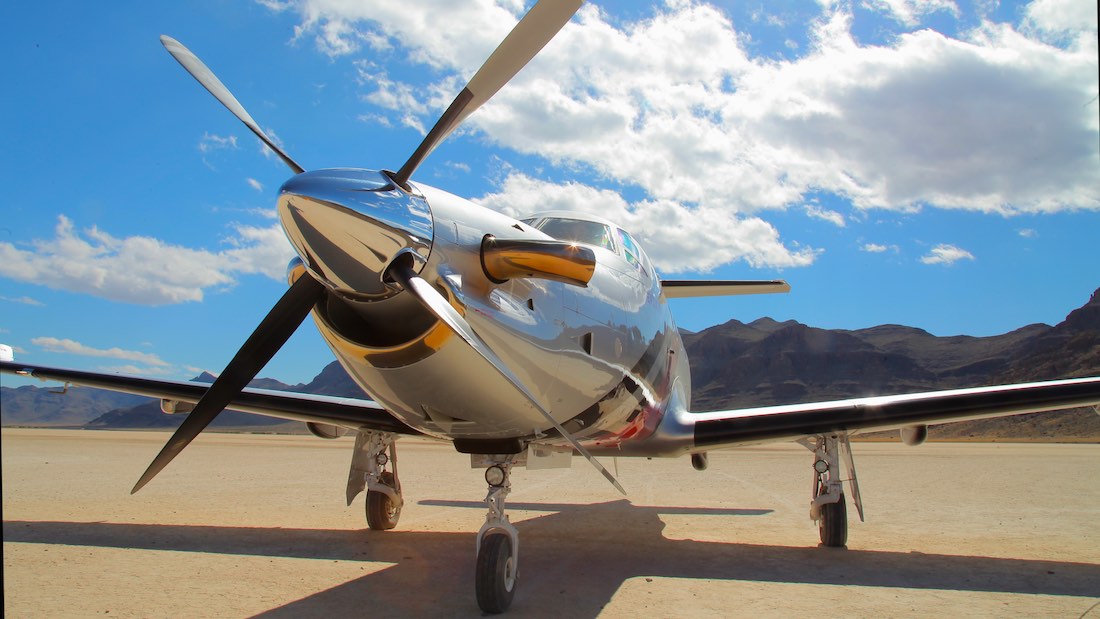



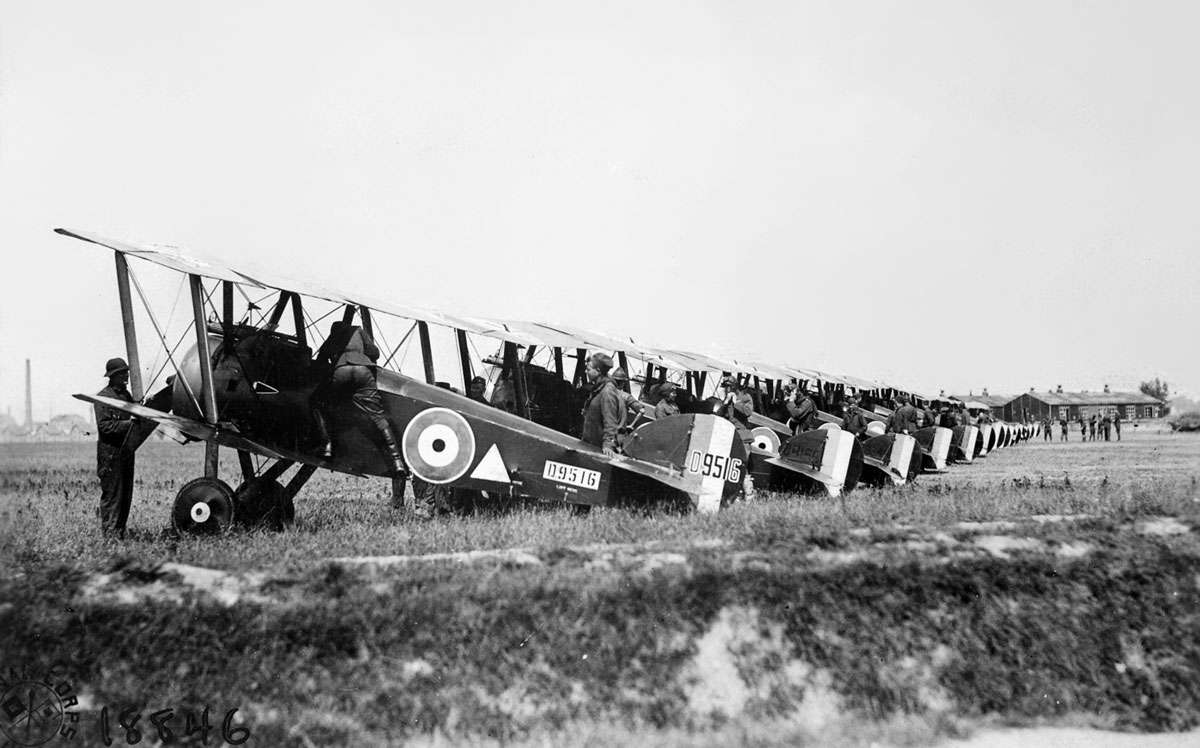
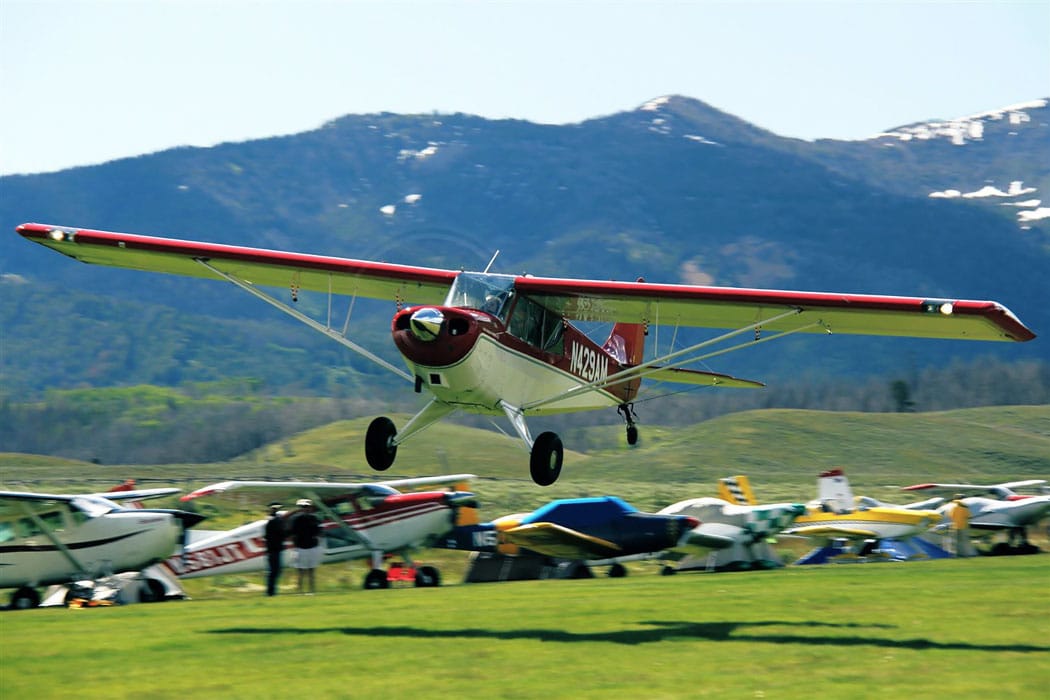

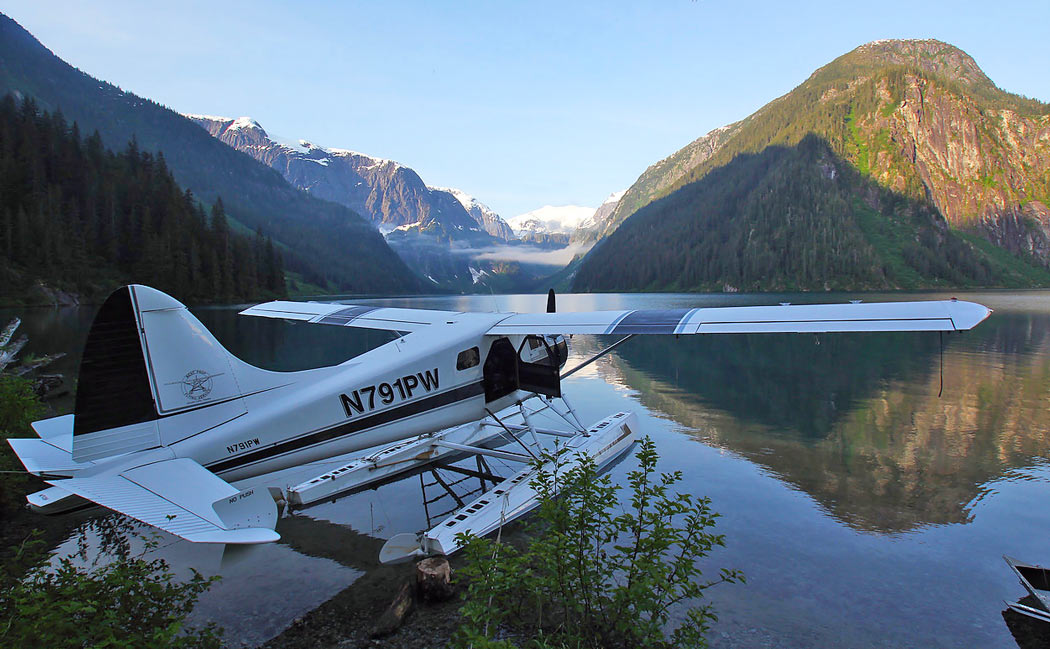

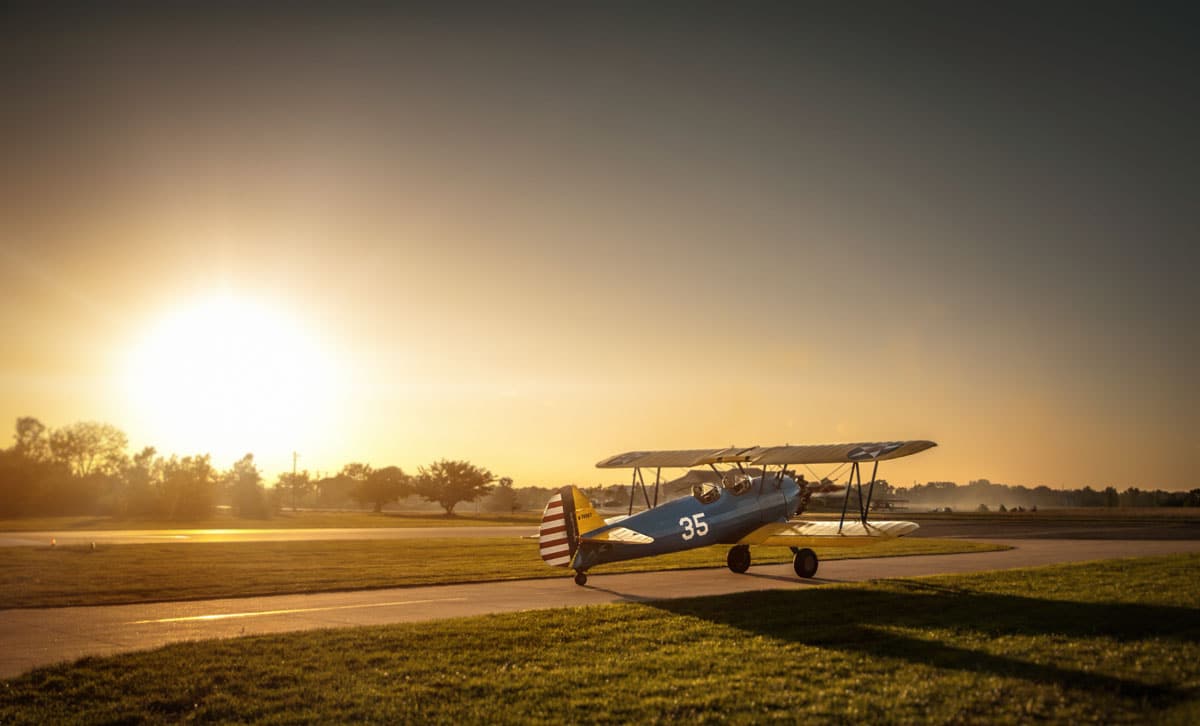
BTW I’m sure you know the “photo” of the issue, The Pilatus PC-12 is Amelia Earhardts bird she world rounded in last year. But I’m sure you know this. Right?!?!? Wilber
Wilber, indeed we do! It was a very cool flight, in a very cool airplane.